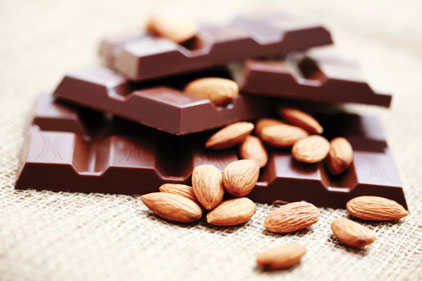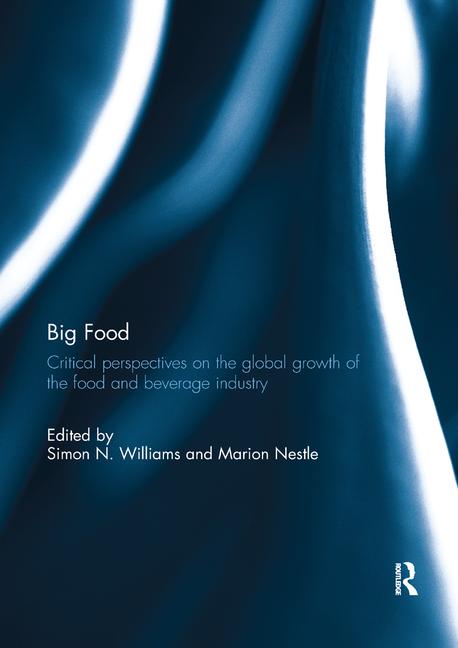The Shape of Chocolate
Does shape effect the taste of chocolate?

For anyone wondering if chocolate's perceived taste can be effected by shape, the answer -- according to scientists, chocolatiers and chefs -- is a unanimous yes. Essentially, how quickly chocolate melts in the mouth is determined by the shape of the chocolate, as the speed of how food molecules are released on to the tongue and in the nose will influence the perceived taste. "The speed with which the chocolate is broken down from hard to molten determines the time release of flavours," says Prof. Barry C Smith, co-director and founder of the Centre for the Study of the Senses to BBC. "The new shape could mean the chocolate is melting quicker as it is being heated in the mouth quicker. That would change the flavor."
In a recent study, researchers at Nestle found that the shape of chocolate determines how a consumer perceived texture and flavor of the chocolate. The best shape was a round shape, as it melted better and offered a smooth finish. "If a shape has a large surface area you will get a more rapid release of molecules from the food," says Prof. Peter Barham, an expert in food science and molecular gastronomy at the University of Bristol. "The perception of flavour is influenced by a lot of things and shape is one of them. "According to Alasdair Garnsworthy, head chocolatier with the Chocolate Society, different shapes of chocolates are best suited for different flavors. "If I'm using a powerful flavour like rosemary I don't want the flavour to come through too strongly so I use a shape that will melt in the mouth slowly. If I am using an ingredient that I want to come through with a real punch, like caramel, then I use a shape that will melt in the mouth quicker."
That said, Cadbury has defended its chocolate bar's new shape. "This undoubtedly helps to improve the melt-in-the-mouth experience and the feedback from consumers has been extremely positive," said spokesman Tony Bilsborough to BBC. The new shape of the Dairy Milk chocolate bar by Cadbury's boasts a curved shape and a smaller size -- 45g to the previous size of 49g. According to chef Simon Rimmer, the smaller size and shape ensures that the chocolate melts quicker and also results in the "oilier" taste that consumers have been complaining about. "If it is melting in the mouth quicker the oil from the cocoa solids in the chocolate would get to the taste buds quicker. You may get a oily hit from it," said Rimmer.
Looking for a reprint of this article?
From high-res PDFs to custom plaques, order your copy today!





